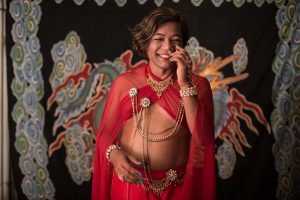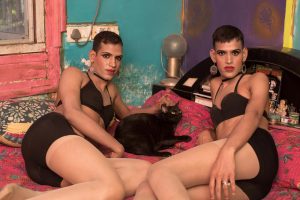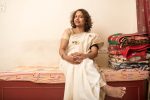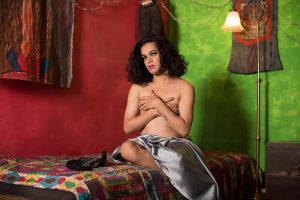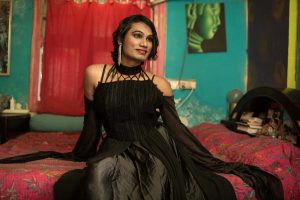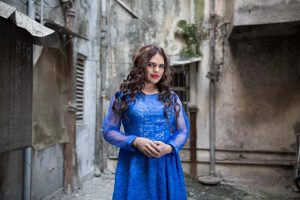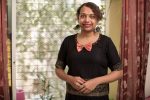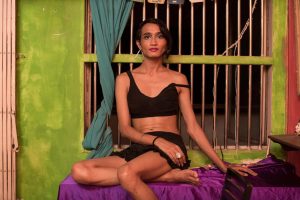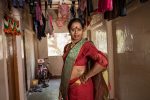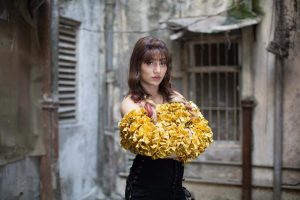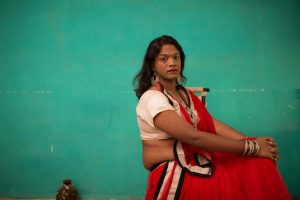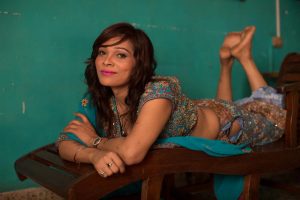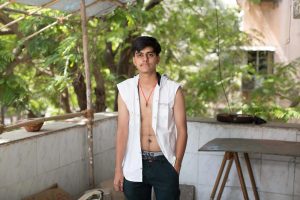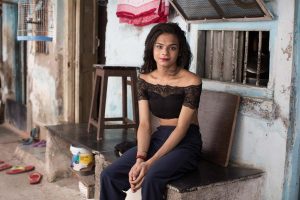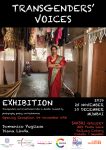Transgenders’ Voices
Modi, the Indian Prime Minister is not bothered by words when it comes to talking about the role of women and even the clothes they should wear to be respectable, nor when it comes to denigrating Muslims and to speak of a Hindu India. No wonder, then, that in this traditionalist and nationalistic climate, the LGBT community and in particular the Trans people are not actually accepted or included. Simply, at the margins of society! To keep them on the margins, the best way is to not give them a job or discriminate against them at school.
Most have precarious jobs and low wages. And for the public, the transgenders are all hijras, are all prostitutes and beggars. The Supreme Court has however decriminalized homosexuality in September 2018 and even recognized the third sex: transgenders as third gender in April 2014. But, the transgender bill of 2018, which aims at the concrete implementation of the law, denies the right to fundamental self-determination of his sex and leaves it to a panel of doctors to determine the gender of the sex change applicant. The entire community of trans protest and wait for a new version. Trans disturb because they question the other’s eyes, masculinity and heterosexuality.
Troubling attractions that reveal the deep, buried and unspoken fears of a deeply binary society whose role as a woman remains to make children. When the trans becomes a woman, the label of infertile woman will be written on the certificate of the doctor used to change his identity, as a category apart, the fertile woman. The fertile woman is the mother-woman, Mother India, the woman venerated as a virgin, the respectable woman, the wife of one man. Belonging to the LGBT community, and particularly belonging to the transgender community in India, is to face daily contempt, but worse, it is almost always a life of sexual abuse, harassment, sometimes passages to tobacco and death threats. Behind all these faces, sometimes still looking like children and of very different social origin, unfolds intense and often dramatic stories. Hijras: Sacred and sinners Under the term “transgender” come multiple identities: hijras, hojgat, eunuchs, transvestites, drags, androgynous, transwoman, transman, agender. Some of these identities are very specific to Indian culture like hijras, hojgat and have been part of Indian society for centuries. They are feared, adored, and despised at the same time by the same people.
Visible signs of certain typically Indian paradoxes, the hij is the one who has left his family and takes on a new identity, a new name. The hijras often live in community, in a very hierarchical system, of guru chela (parampara- meaning teacher-student). Their main activities are related to prostitution, begging, but also to blessing marriages and new-borns. They come to dance during weddings or come to check the genitals of new-borns to see that they are not deformed. Traditionally, if the new-born was a hermaphrodite, he was given to the hijra community. In reality, there are very few true hermaphrodites in the community, but most of the time, overly effeminate boys are kicked out of their families and join the community for support and to have a new family. Hijras also have the power, in the collective belief, to cast evil spells and that is why they are feared and revered. Close to the gods and the sacred, they are at the same time at the margins of society. This seemingly absurd attitude belongs well to the practices of a patriarchal society that also makes its women virtuous goddesses carrying identity and Indian traditions to better discriminate them later. It is to box the women in a role. If they dare to move they face downfall. The second and third sex are both under patriarchal control, but certainly, at different levels. Few women are aware of this state of affairs and usually join men in the process of discrimination of the third sex.
Text by Diana Linda

